ilikemsticky
Well-Known Member
looking good age i like that shot with the shadow on the wall cool i shot these m2 buds this morning!




How To Use Progressive Web App aka PWA On 420 Magazine Forum
Note: This feature may not be available in some browsers.




i just wanted to add a thank you to urban achiever for starting this thread i love taking photos of these girls and I'm always ready to learn something new and this will be a good place to learn it thanks ua!
I appreciate that ilikemsticky, I think we all love taking pictures of these girls, and its another reason I felt the need to create this thread. It had been mentioned a few times before that I should make something. But I know I am only a small contributor. There are a lot of folks who contribute to the excellent photos coming out of 420 grows. Lots of folks that can teach the basics or show more advanced techniques. Now we have a place to do it. Together.
Thanks again for joining us and providing that bio and introduction.
Wow everyone, really loving the photos, incredible pet shots. I have one of my cat but its been on the Chive and floatimg around the internet so I will keep it to myself for now. But we love our pets and it shows with our photography. Well done. Nice breakfast nugs sticky lol, looks delicious
Beautiful moon photo @Scrogdawg
Taking photo's of the moon is actually more difficult than most people would think. I love moon photo's where you can see clouds as well, but it's almost impossible to get both the clouds and the moon clear at the same time. What kind of lense did you use for this shot?

Setting a Custom White Balance in a Canon DSLR using a grey card.
Step 1. Have a Canon DSLR. Also a grey card.
Step 2. Take a photo of the grey card IN the light you will be shooting pictures. Fill most of the frame with the card to make it easy. Here is an example. Also note the photo in the camera display is a different shade of grey than the one in my hand. These are the same card under two different lights.

Step 3. Go into your menu. Find Custom White Balance.

Step 4. Choose the grey card photo to set the white balance.


Step 5. Now go to your White Balance menu, and choose the Custom White Balance you just created. Now the camera knows that yes, its not normal light, but “i will see what I can do”.


Here is the in camera result. You can also accomplish this in software. Open the grey card photo in your editing software. Find Custom White Balance. You can create a custom white balance preset or template to apply to every blurple picture with the touch of a button.

Cheers!
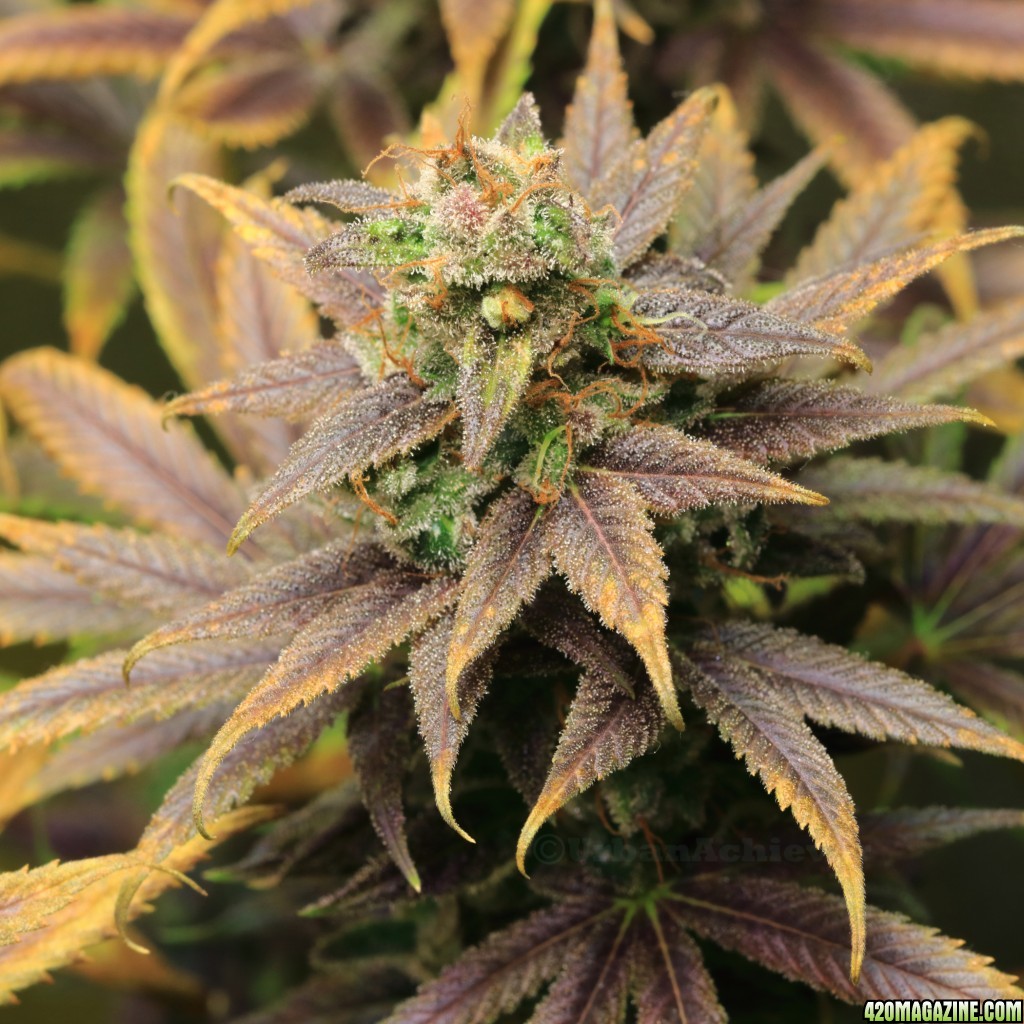

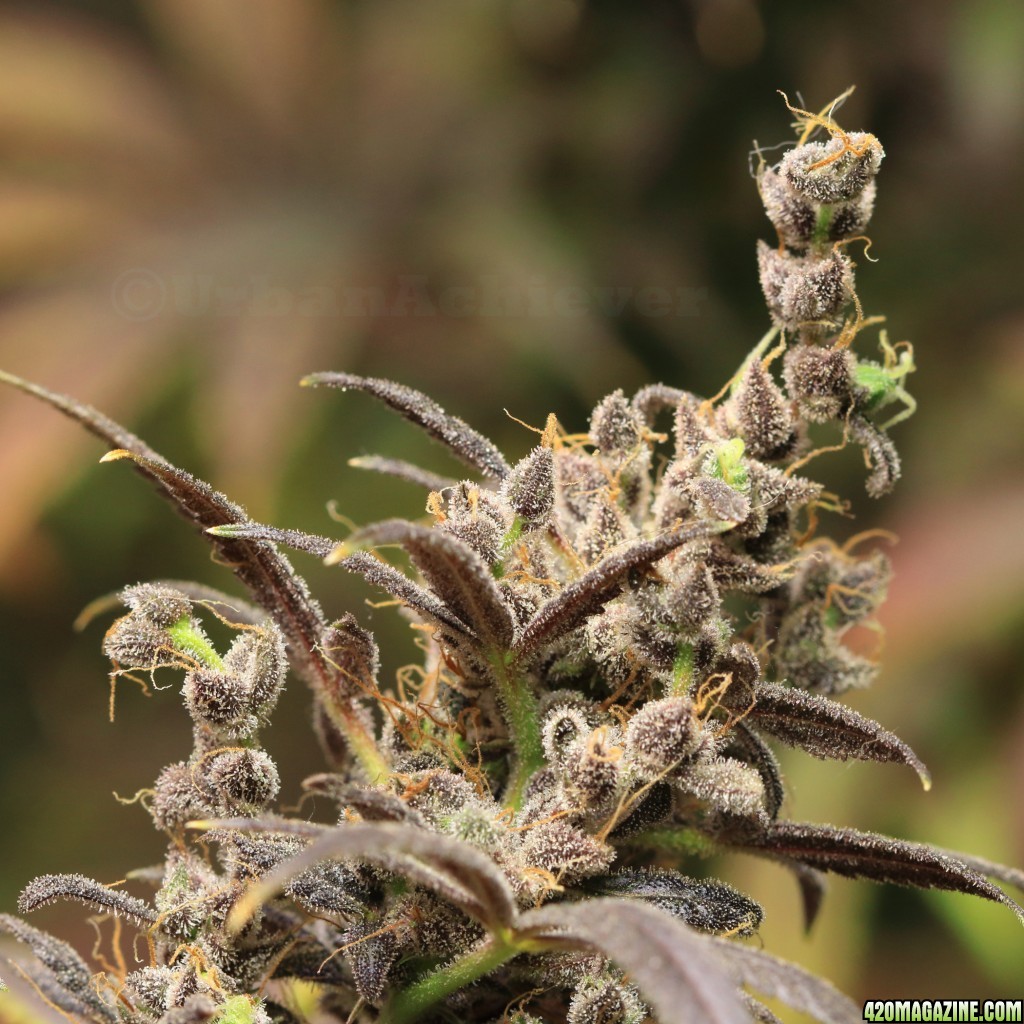
I used a Canon 100-400mm F4 "L" (the lens with the telescopic slide for zoom) on a EOS 1D MkII N body . It was mounted on a tripod with a remote trigger. I think I shot several frames between 1/2 second and 3 second exposures then processed the best one of the bunch.
Heres another moon shot I got at about 9:30 one morning out in the country. The exif info is stamped on the photo.
This one I used my Canon 500mm F4 "L" IS USM with a 1.4 extender to get 700mm.
.

The 420 Fotographer Collective - Member Bio
Username:
Grow method and strains:
Camera, Lenses and Gear:
Experience level and photography background:
What is your style? (portrait, journal, macro, outdoor, instructional, various)
Favourite lens or type of shot:
If you could give 1 tip for new photographers:
Other introductory options:
Please share 1 of you favourite photos and explain why it works so well for you. What equipment did you use?
Please share 1 technique you use in a step by step how-to.
Choose a few of your favourite photos and share them.
Talk about a piece of your equipment you can't live without.
Share the link to other photography related content you have created.
Welcome!
Grow method and strains: I grow year round on the coast of Maine in an active solar heated greenhouse I built. I prefer using soil using worm castings from my worm farm and I usually mix it 50/50 with Pro-mix. I use 3/7/20/25 gallon fabric pots. I grow White Widow, CB Dream, Northern Lights (NL) , NL & Big Bud Auto, Low Ryder Auto, CB Dutch Treat. We make most of our crop into soaps, salves, oils, and give the rest away to friends.
Camera, Lenses and Gear: Canon 20D. 24-105mmL lens.
Experience level and photography background: Shooting for 10+ years for personal.
What is your style? (portrait, journal, macro, outdoor, instructional, various) Mostly shooting the beautiful things surrounding me...
Favourite lens or type of shot: never took a bad shot of my kids...
If you could give 2 tips for new photographers: Nothing beats sunlight. Invest in a simple mono/tripod.
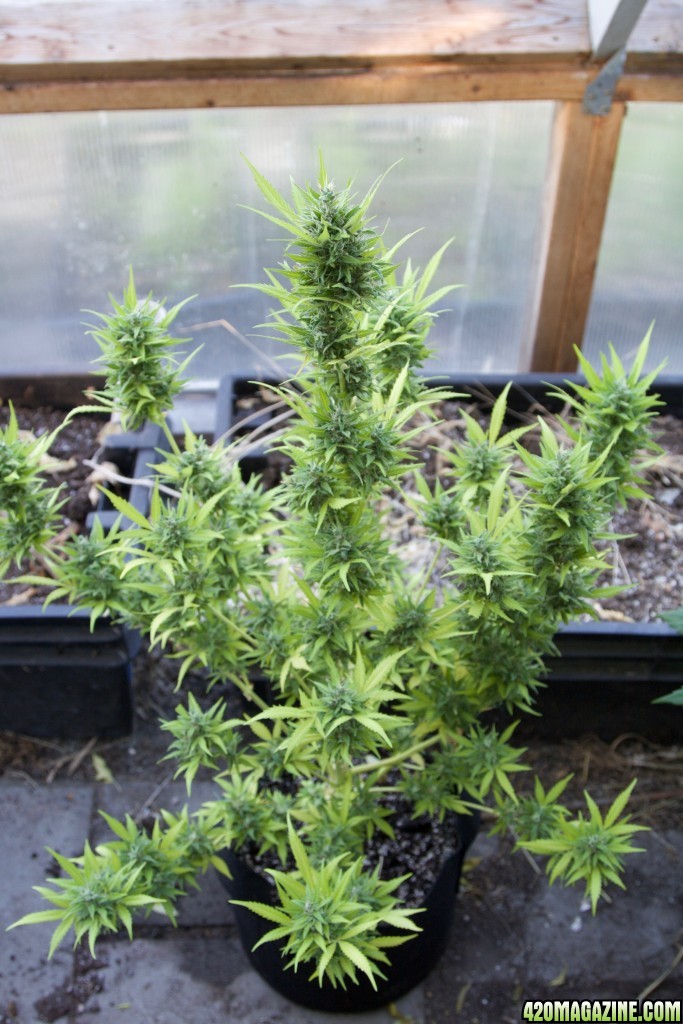
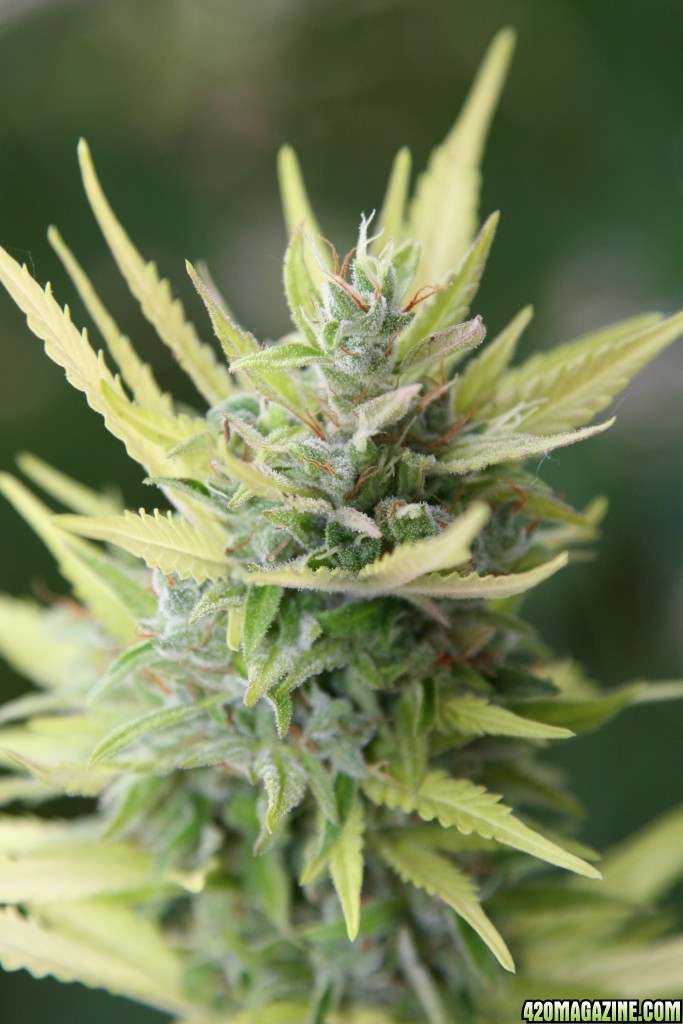

This question is for any photo newb's reading along. What would you do differently if this is what you see in your camera, before you take the picture?
Before I get to the comments, responses and educational portion of my post allow me to preface by saying I have a sense of humor, but that can be lost on the inter webs... Also, let me mention I want to help everybody including myself learn and grow therefore I humbly admit although i do have quite a base of knowledge to draw from I don't know everything and know I still have much to learn, not only as a photographer but as citizen of earth as well. I quote Rufus, "Be Excellent to Each Other!"
The literal translation of Photography is, "Drawing with Light." Without subtle shadows and darks photos would just be white squares. Variance in light allows us to perceive tones, shades, & colors. The dominant "effect" in this picture is vignetting. That is what makes the outside of the image dark and the subject light. Also, keep in mind my monitor is not calibrated that same as yours so you may not be seeing the image the same way I do on my computer, phone, tablet, etc.
Can I be a noob? First I would cut back on the nitrogen because that plant is very dark green. Then I'd probably move the fan out of the background and set a slower shutter speed. Or just take the shot and goof around with it in PS to increase the exposure, erase the fan, mess with the contrast, and bump the vibrancy. Is that cheating?
The nitrogen issues has been mentioned to me before, but I'll honestly tell you this, if my plants aren't happy they've got a funny way of showing it. The fan I left in on purpose and placed it off center in the corner intentionally, stylistic choice. Not sure why you'd set a longer exposure unless you're leaning toward the more light option Tunkers mentioned. Because this shot was handheld I would adjust the aperture instead. Opening up 1 or 2/3 stop (aperture) would increase the lighting, and lessen the depth of field. The lighting is an easy fix in post. Basic photo processing is key any photography, without it pictures are flat and flimsy. I like sharp and crisp images.
Photoshop is not cheating and neither is light room or any other software system you may use. I can usually tell when people go to far with their processing, it's a fine line. I want my images to look realistic not fantasy like, I can get crazy with photoshop and blow the yellows out and turn the plant blue but that's not realistic although it would prolly look pretty cool!
Nothing wrong with that answer, but a little more explanation could be helpful. All good!
It's cool man, my question and the specific photograph was to get people thinking about composition and making small, subtle adjustments in order to make their pictures better. There's a great app called SnapSeed for iPhone. It could really help you out. It's not too expensive and has a lot of cool tools. I've found that great photographs usually take a lot of work. Rarely are they birthed from the camera ready for presentation (sarcasm)...
That's funny!!!! And... technically if you change the photo more than 10% (how do you quantify that?) then it's yours. A little copyright law for you as well!
__________________________________________________________________________________________________________________________________
Alright Boys and Girls now for the lesson.
Here is the raw image from the camera, no editing.
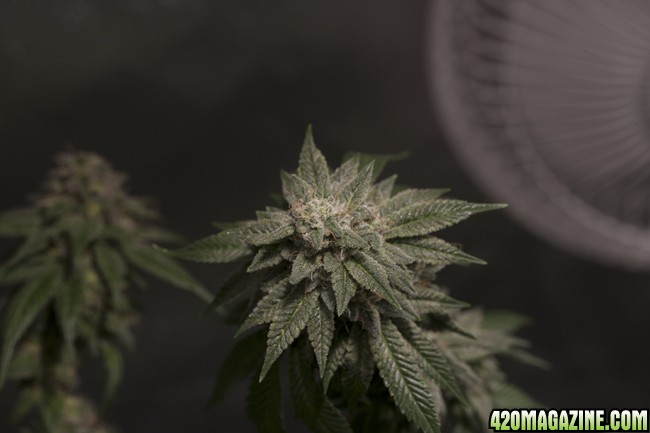
This second image is cropped.
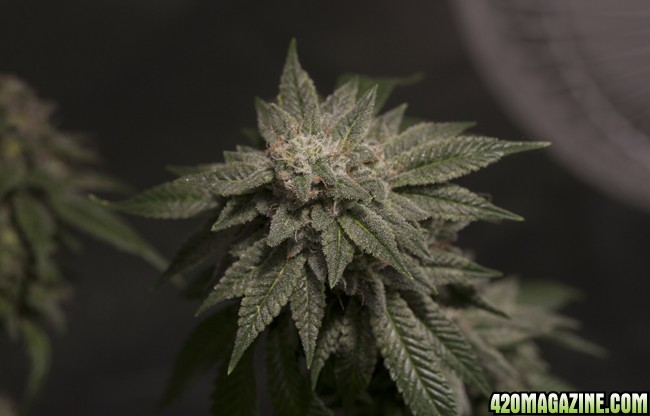
Here is the third image with the contrast adjusted.
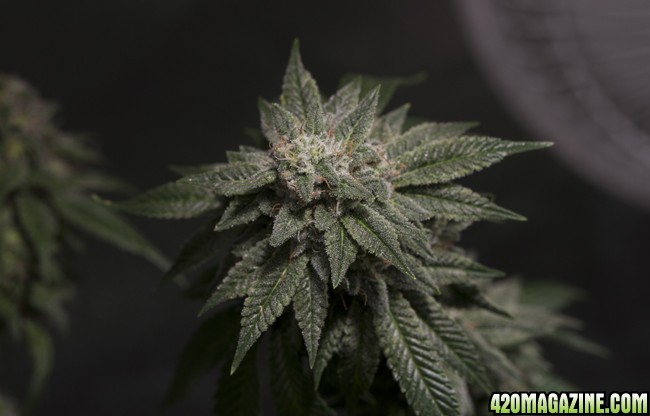
Now the next step, adjusting the highlights and whites.
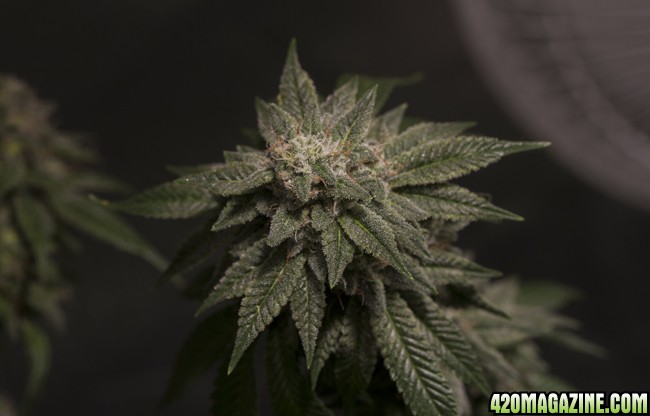
Now the Blacks and the Shadows.
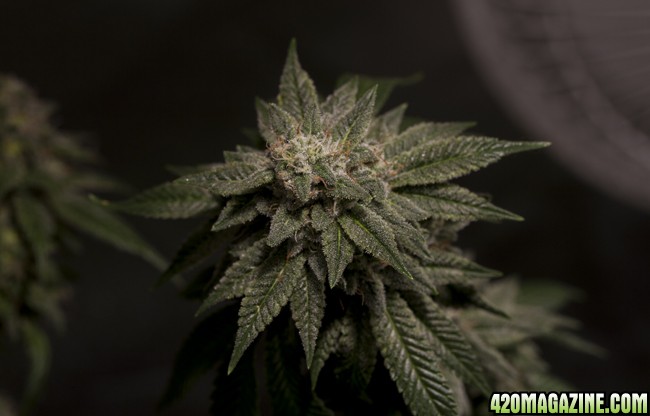
Now one using a few final adjustments.
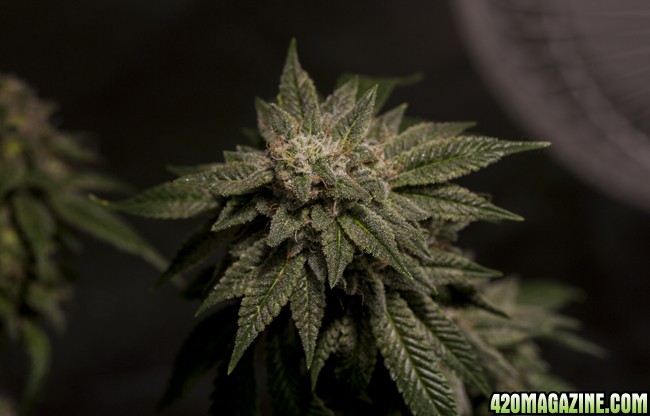
And now the Final Composition.
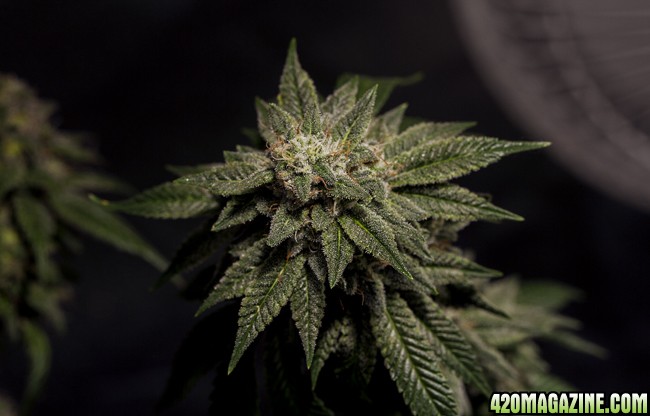
This post is getting lengthy and I'm sorry for taking up so much space. That being said, I was hoping somebody would point out some basic compositional changes. Aside from the fan (again, artistic latitude) I was hoping for mention of the leaf tips going straight out of frame. There are compositional elements that travel together across all two dimensional forms of art. They may not always be called the same however. For instance, painters use The Golden Triangle when they compose, but remember they are sketching or drawing before they are painting. As photographers we don't always get the perfect subject, facing just the right way, etc. As photographers we employ the Rule of Thirds and a few other elements to help us create the perfect composition.
These Five Basic Rules of a Photographic Composition are in no particular order.
1. Rule of Thirds
2. Horizontal or Vertical
3. Leading Line
4. Repetition of Form
5. Balance.
I've always believed if you can utilize at least 3 of them in a picture you're headed in the right direction.
Question: In the final photograph can you identify any or all of the 5 techniques listed above?
Ok, I think I just entered into a Latin class. LOL. I am going to skip down to the bottom and the '5 rules'. The only one I am familiar with is the "thirds". Can you please start with a simple explanation of what the other 4 things are in a way a retarded Marine....errr...I mean retired Marine can understand. I don't know what Horizontal or Vertical means as it pertains to the rule. Same for the follow 3 rules.
I am sure that I could probably google the rules and try to learn it...but I generally do better with interpretations of the rule in someone else's breakdown (think of 10k foot view vs 100 foot view.........I like to get an understanding from a higher perspective 'the 10k foot view" and then work my way down into understanding it from a much more technical and detailed version of the 'view' from 100 foot). I hope that made sense
For me, too much technical talk without an explanation just kind of shuts me down, doesn't matter what it is......can be gardening, cooking, photography, or anything else. I just kind of glass over. So I think a basic version of the 5 rules would be a great place for a ignorant newbie to start. And this comment, while in response to Agemon, is open for anyone to share their interpretation of those 5 rules. Thanks in advance!!
